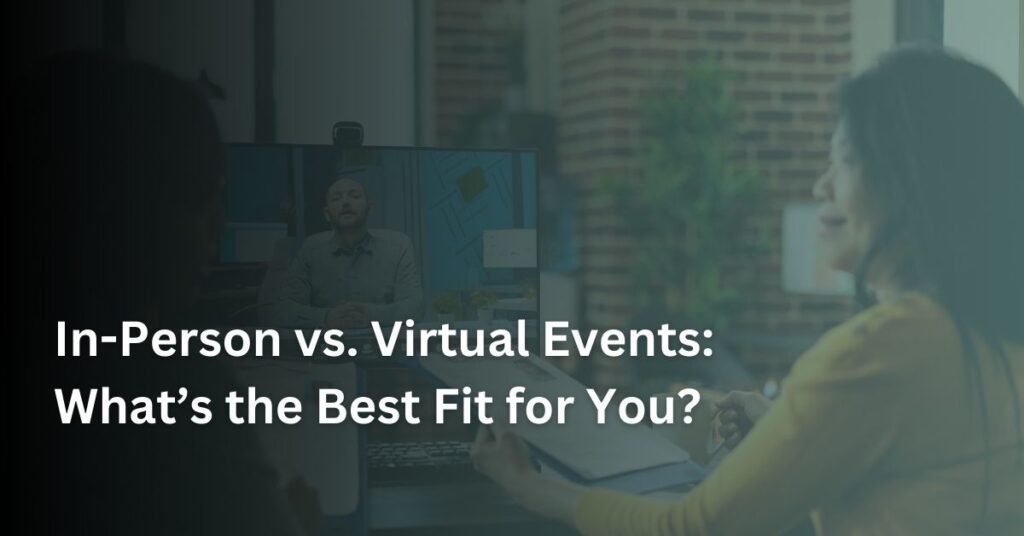Building Community Through Events: The Heart of Engagement
In today’s fast-paced digital world, fostering a sense of community has never been more crucial. Events serve as a powerful tool to connect people, build relationships, and create lasting memories. By bringing individuals together, whether in-person or virtually, events can strengthen community bonds and promote engagement. In this blog post, we will explore the significance of building community through events and provide actionable strategies to enhance attendee experiences.
Why Community Matters

Building a strong community is essential for both individuals and organizations. Communities provide support, inspiration, and a sense of belonging. They create spaces where people can share ideas, collaborate, and grow. According to a study by Harvard Business Review, organizations that foster a sense of community among employees see increased productivity and job satisfaction. Furthermore, events act as a catalyst for community building, allowing attendees to connect on a personal level.
The Role of Events in Community Building
Events serve as a natural gathering point for people with shared interests and goals. They offer a unique opportunity for attendees to engage, learn, and share experiences. Here are several ways events can foster community:
- Creating Shared Experiences: Events provide a platform for attendees to participate in shared activities, whether it’s a workshop, a panel discussion, or a social gathering. These shared experiences create lasting memories and forge connections among participants. For example, a cooking class can bring food enthusiasts together, fostering camaraderie and collaboration.
- Encouraging Networking: Events are an excellent opportunity for attendees to network and build professional relationships. Incorporating structured networking activities, such as speed networking or breakout sessions, can help facilitate meaningful connections. Additionally, providing attendees with a dedicated networking app, like Bizzabo, can enhance interaction and engagement.
- Fostering Inclusivity: Inclusive events that welcome diverse voices and perspectives create a sense of belonging. When planning your event, consider implementing accessibility features and offering varied programming to accommodate different audiences. According to Eventbrite, inclusive events attract a broader audience and enrich the overall experience.
- Utilizing Technology: In the age of digital communication, technology can enhance community engagement. Virtual and hybrid events allow individuals from different locations to participate, breaking geographical barriers. Platforms like Hopin and Zoom enable real-time interactions and networking opportunities, making it easier to build community across distances.
Strategies to Build Community Through Events

To effectively build community through your events, consider the following strategies:
- Define Your Purpose: Before planning your event, clearly define its purpose and objectives. What message do you want to convey? What community do you aim to build? A well-defined purpose will guide your event planning and ensure that it resonates with your audience.
- Engage Attendees Pre-Event: Use social media and email marketing to engage attendees before the event. Create a dedicated event hashtag, encourage participants to share their excitement, and invite them to contribute to discussions. This not only builds anticipation but also fosters a sense of belonging even before the event begins.
- Incorporate Interactive Elements: Engaging attendees through interactive activities can enhance their experience. Consider incorporating live polls, Q&A sessions, or group discussions during your event. These interactive elements encourage participation and create a lively atmosphere.
- Follow Up After the Event: Community building doesn’t stop when the event ends. Following up with attendees can help reinforce connections and maintain engagement. Send personalized thank-you emails, share event highlights, and encourage participants to join your community on social media or other platforms.
- Measure Success: Finally, assess the success of your event in terms of community engagement. Utilize feedback forms and surveys to gather insights from attendees. This information can guide your future events and help you continuously improve the community-building experience.
Conclusion
For more such informational blogs and product insights, visit us at AttendeeGain. Looking for Branding or Digital Products Consultancy? check out BrandWorks.
Building Community Through Events: The Heart of Engagement Read More »














